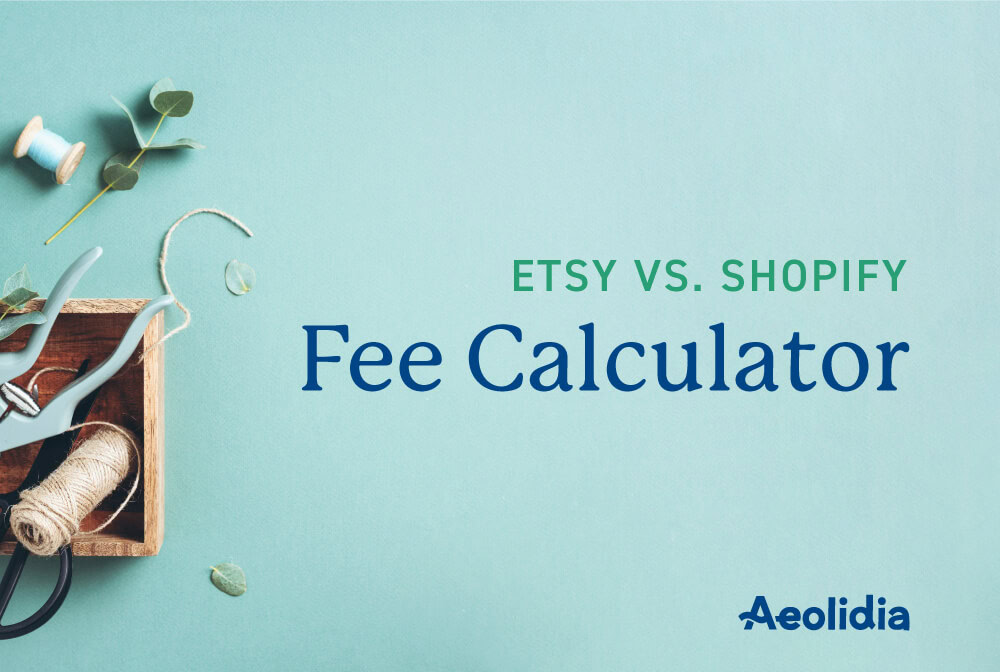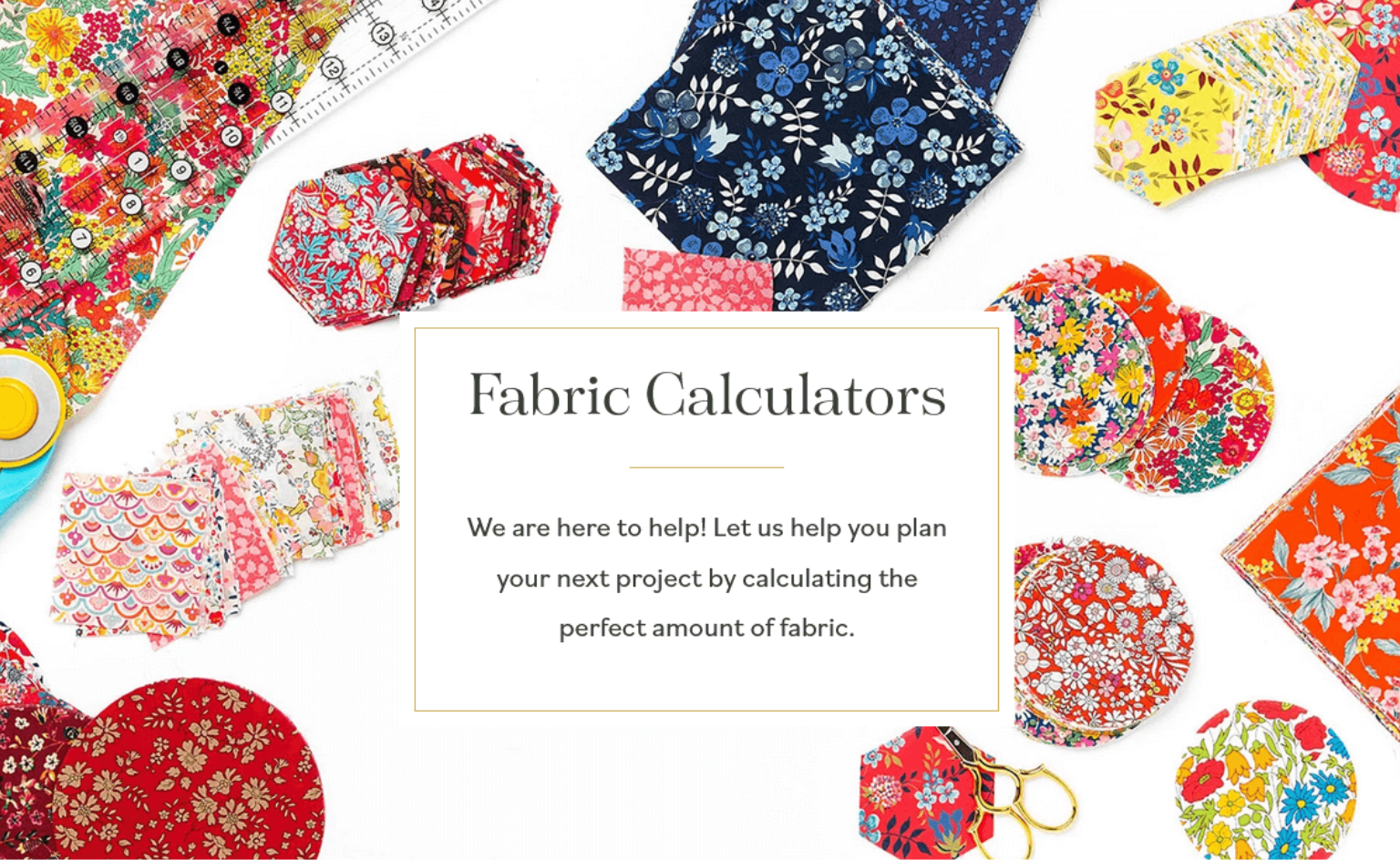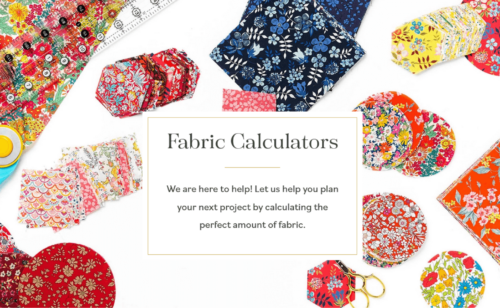How to Diversify Beyond Selling on Etsy

Let’s talk about selling online, and how dangerous it is to put all of your eggs in one basket. Here is what concerns me: when people say that they don’t want to set up their own shop, because they’re already selling on Etsy and Etsy sends them so much traffic. If you’re deciding not to learn how to drive traffic to your own site, you are going to have a huge learning curve if Etsy stops sending people to your shop. The blow of losing Etsy’s internal search engine traffic, paired with the panic of not knowing how to get your own traffic could crush your business.
That’s the worst-case scenario, but even in the best-case scenario, where Etsy sends you piles of traffic every day until forever – don’t you still want to be in control of marketing your business and bringing people to your shop? Knowing how to get eyes on your product can lead to blog features, print features, collaborations, and freedom to do things your way – all in addition to the sales you’ll get from it.
This article is about diversifying beyond just selling on Etsy so that you’re not reliant on one service, and unprepared to move ahead if things change. And let me tell you: the only certainty about the internet is change.
Sell on multiple types of platforms
If you handcraft your product, odds are you are selling on Etsy, or have in the past. Etsy can be a great sales channel because it gives you the selling platform and the traffic all in one. For some people, Etsy is “set it and forget it” – they add their listings, do nothing to promote them, and sales come in. Take advantage of that, if it’s working for you! But don’t let the easy sales on Etsy keep you from setting up your own shop.
If you’re one of the many people who has been noticing their traffic from Etsy drying up, now is the perfect time to take the reins for your business and create your own space online. We recommend Shopify if you plan to set up your own online store. You might be asking, “why is it okay to trust Shopify, but not Etsy?” The reason is that Shopify is giving you your own shop that’s under your control. They aren’t going to change how it looks or works (aside from improving the checkout experience and giving you new tools), and they’re not going to promote other people’s work in your shop, or anything else that could be harmful to your business.
They also aren’t going to send you any traffic. They aren’t a marketplace with a single search engine for all shops. With your own shop on Shopify, you need to learn how to market your business, and this is undoubtedly a good thing to know how to do.
When you’re sending customers to your own domain name (your “dot com”), you are in control of what happens. If you decide to move your site, or if Shopify gets hit by a bus or whatever, you can seamlessly move everyone over to your new location because you own the domain. Your domain is like your phone number. If you get a new phone, all your friends can still call you at the same number. If you switch from Verizon to AT&T, no one needs to know – your number still works. Same with your domain name.
Selling on Etsy, Amazon, eBay, or wherever, is great. You should be where your customers are. But make sure you have your own site that you’re in ultimate control of. Besides keeping your business more secure, it’s also what customers, retailers, and press expect of a professional business.
Promote on multiple social media platforms
Much the same as not wanting to rely on your shopping platform to send all your traffic, you want to diversify how you promote your business. Learning how to send traffic to your own site is a challenge, and I wouldn’t recommend trying to promote everywhere at first. It’s a lot of work, and if you’re spread too thin, you won’t have good results anywhere.
You also don’t want to stick exclusively to just one platform. There is a bit of a hubbub going on among business owners on Instagram. Facebook bought the social media platform in 2012, and we were all waiting for them to turn it into a mini-Facebook. They restrained themselves for quite a while, but recently announced that they’re applying an algorithm to the main feed so people see more of what they want to, instead of all posts chronologically.
I won’t get into all the details here, but I will say that you can expect social media platforms to appear, disappear, and change all the time (anyone remember Friendster?). You don’t own them and in most cases you aren’t paying for the service. When you’re in a situation where you’re advertising your business for free (and how cool is that?), you can’t expect to have a say in how it works.
If it turns out that an algorithm change makes Instagram useless for your business, what happens? If you’ve built up your presence on other social media platforms, and use other marketing methods, Instagram will just be a slice of your pie. You may feel the drop in traffic and sales, but it won’t devastate you. If you’ve focused exclusively on Instagram, the rug could be yanked out from under you, and you’re back to trying to build up a following from zero somewhere else.
This applies to getting traffic from Etsy, from Google, from Facebook… the more of these, the better. Here is our tutorial for analyzing your social media stats. Determine if you’re looking well-rounded, or heavily balanced towards one platform or another. What can you do to diversify? You don’t need to be on every social media platform, or be the first to start using the new ones, but you should have an account and understand the basics of using the most popular ones.
My best recommendation for any business is to get as many of your fans on your mailing list as you can and keep them regularly updated and interested in what you’re doing. Your mailing list is in your control, and can’t be taken away from you – it’s just a list of email addresses. Our best resources for starting a mailing list are here: Two Great Email Newsletter Guides to Finally Start Your Mailing List
Use more than one method of customer outreach
There are so many ways to reach out, spread the word about your business, and find new customers. Some will work better for you than others, and you should focus on what works. Things change all the time, though, especially on the internet, so you don’t want to be so set in your ways that you get left behind.
Even if you get lots of sales through search (Google, Etsy, or elsewhere) relying solely on search leaves you ignorant of how to market yourself. Doing in-person shows or fairs without having an internet presence limits the people you can reach. Having blogs and press promote your work is nice, but you can’t depend on that as your only way to communicate – your customers want to see you out there relating to them.
An incredibly helpful aspect of diversifying your marketing efforts is that improving one tends to improve all of the others. For instance, if you start blogging, you now have piles of content to use on social media. If you start pitching your products to lifestyle bloggers, their mention of you and link back to your site will improve your status to Google and make your search engine results even better. In person shows can be used to ask people to sign up for your mailing list, and you can use your mailing list to keep people updated with what’s going on on your blog.
Improvements in any area almost always spill over to another, and the more you work on the different aspects of marketing your business, the more easily you’ll begin to see results. Again, take it slow and start reasonably – you can’t go from zero to being everywhere all at once. You need time to build your business and create your products. But you can master a couple of methods, which will make it easier to add in the others.
Are you ready to move beyond just selling on Etsy and set up your own shop?
Hint: you should be. Your shop and your mailing list will protect your business from outside changes. We like Shopify the best for creative small businesses. If you’re curious about what their fee structure is like, compared to Etsy’s, you might be surprised by how affordable it can be.
Etsy vs Shopify Fee Calculator

What will it cost to set up your own shop? Use this calculator to choose a Shopify plan, and compare to your Etsy fees.
5 thoughts on “How to Diversify Beyond Selling on Etsy”
Leave a Comment
Related Posts
Let's take your online shop to the next level
The Shopify websites we design have a reputation for substantial improvements to ecommerce conversion rates and online sales. Let's talk!
















Oh this is such a good kick in the pants. I know the importance of diversifying products and revenue streams, but didn’t really think of the importance of diversifying marketing plans and not replying on advertising on one or two platforms.
I’m so glad this was helpful, Gabrielle!
Love this! Mind if I update a recent post I did on this topic to provide a link to this?
Please do!
[…] Aeolidia – a one-stop design & branding service to build a Shopify site (Aeolidia has written a great piece on diversifying as well—check it out!) […]